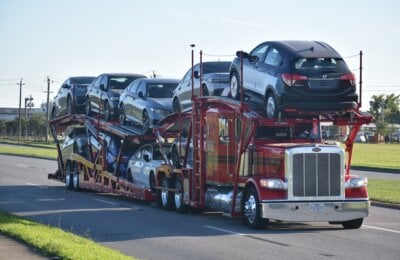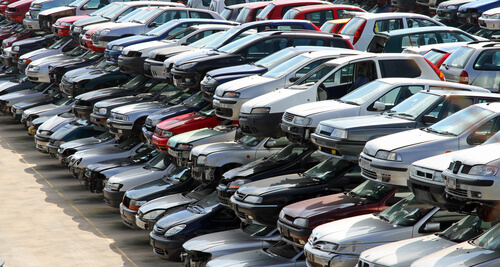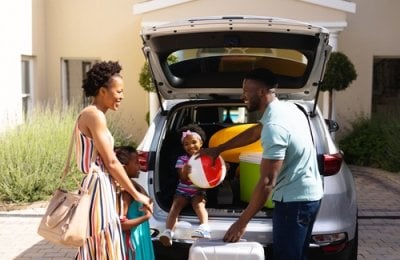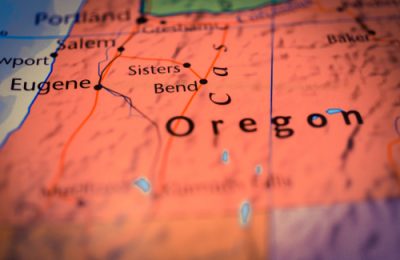
Reading Time: 3 minutes
Two more terms you will encounter in the auto transportation industry, includes top load and bottom or lower load auto transport carriers. With top load carrying, your vehicle will be secured to the top rack. In some cases, you might be able to pay an additional fee to secure a prime stop right at the top. This alleviates any fluid spills and close contact with road debris. While enclosed auto shipping is a popular choice, open car shipping is also suitable, and Nationwide has a phenomenal safety record of making sure that cars arrive at their destination undamaged.
Our highways are covered in dirt, discarded tire treads, rocks, discarded motor car parts, and more. When traveling at high speed along the road, debris can fly up and damage your vehicle. Small rocks that shoot up from underneath a car or truck’s tires can cause dents and scratches and even crack windshields. While Nationwide Auto Transportation has a high damage-free delivery rate, these are issues to consider when you are transporting a car.

Where possible, we give our clients the following auto transport options:
Enclosed Auto Transport
Enclosed carriers offer the most protection, due to the closed sides, roof and rear. This option is a premier auto transport option, since most trucks offer open auto transport. Supply and demand can also mean that you have to wait longer for pickup, as there are only so many enclosed auto transport providers.
Open Car Shipping
With open car shipping, the vehicles are loaded onto ramps on a flatbed truck that has no sides or roof. The trucks typically carry between four to ten cars at a time on two racks. In some cases, you may have the option to choose whether you want your car loaded on the top or bottom level.
- Bottom Load
Although the ramps and frame of the carrier offer some protection against flying debris, the bottom rack is more exposed than the top rack, due to its proximity to the road surface. The top rack is higher off the road and therefore, flying debris is less likely to affect it. Fluids may also leak from the top rack onto your car in the bottom.
- Top Load
You may ask for a top load spot, but bear in mind that that may cost extra, depending on the route the truck has to travel. It may also involve unnecessary reloading along the way.
It is important to note that safe transportation is a joint responsibility between the car owner, who has to make the right decision and investment in choosing the safest option and the transporter, who must advise the car owner of his or her options. The car owner must check the car for leaks and damages and the driver must confirm that the car is damage free before loading it onto the correct spot on the truck.
If you have a classic, exotic or vintage car, we recommend you use enclosed transport. Top load transport is fine for most cars, and actual damages on the bottom rack happen in only up to 5% of cases. We have a perfect damage-free record, and our transporters are vetted, which means that they are also committed to maintaining their records. Request a free quote now.



